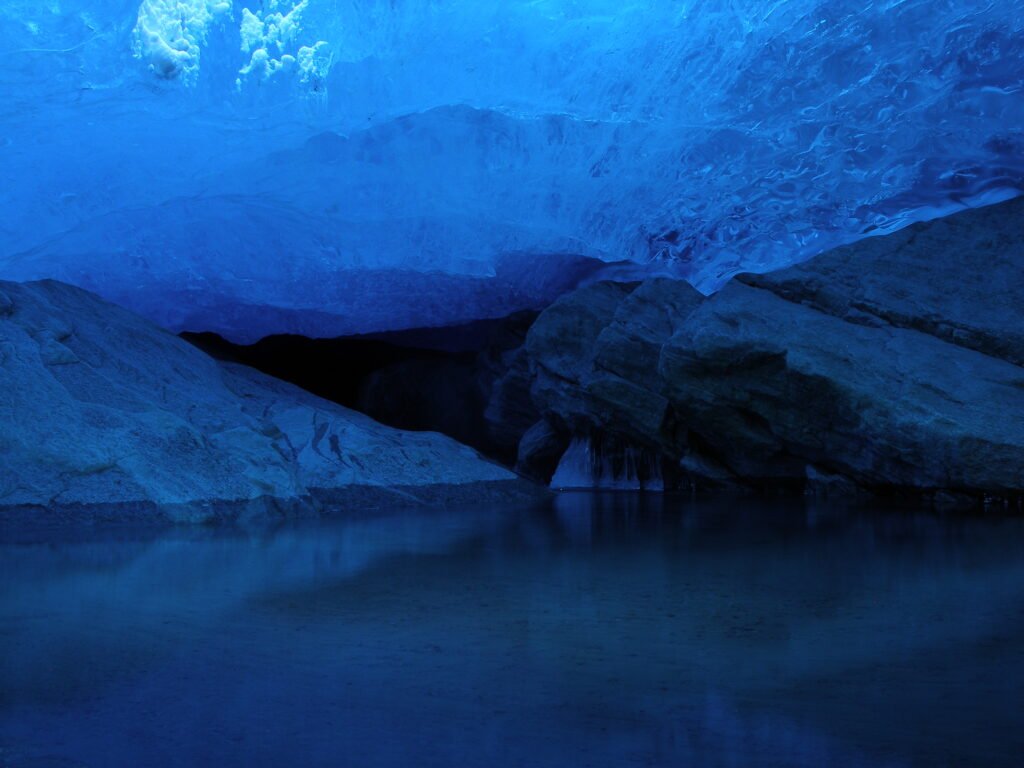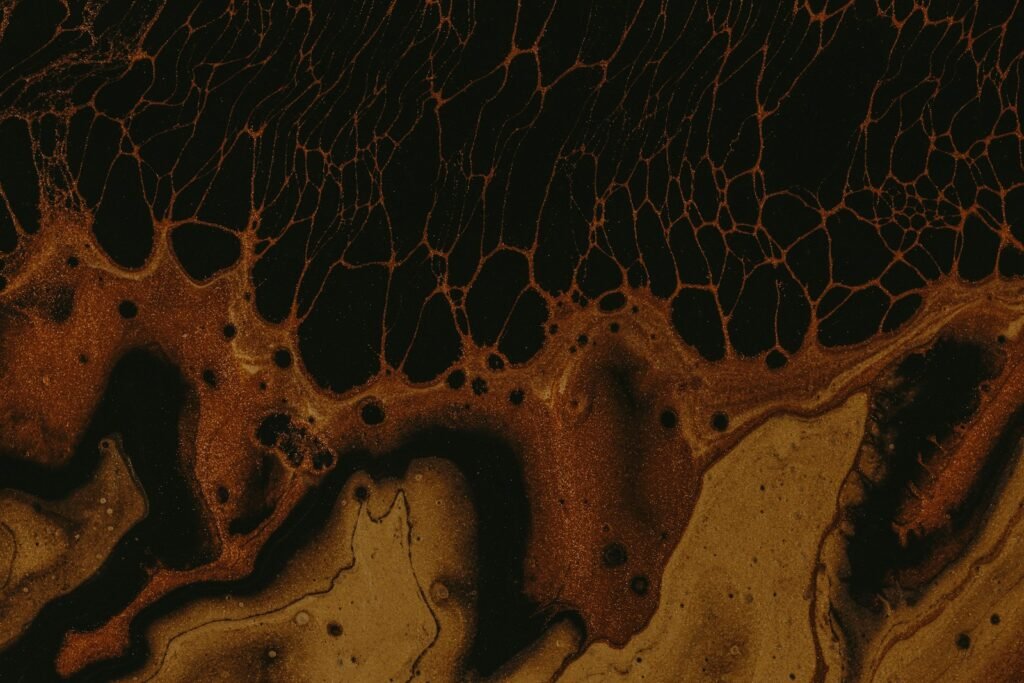Deep under Antarctica’s crushing silence, beneath ice as thick as a city skyline is tall, a hidden lake has been sealed away for ages longer than human memory. The mystery is irresistible: a dark, oxygen-poor world that has never seen sunlight, yet may be home to resilient life. The challenge is equally audacious – reaching it without polluting what we hope to understand. That’s why scientists have spent years perfecting “clean access” drills and sterile labs on the ice, chasing a pristine sample that could reframe what we know about life on Earth – and beyond. The first droplets, when they finally rise to the surface, might carry stories written in microbial genes and ancient sediments rather than ink.
The Hidden Clues

From the air, Antarctica looks unbroken – just white upon white – but radar and satellite altimetry reveal a restless underworld. Water pools in basins, migrates along unseen channels, then floods and drains like a beating heart trapped beneath ice. These cycles subtly lift and lower the ice surface, tipping off researchers that lakes are filling and emptying far below. The patterns suggest a connected network, not isolated pockets, where chemical ingredients for life can be mixed and delivered.
What makes the most secretive lakes so compelling is not just the water, but the potential pantry of energy in the mud. Minerals ground from bedrock, organic bits swept in by ancient ice, and dissolved gases create a chemistry set that microbes could exploit. Even without sunlight, life might stitch together a living from reactions involving iron, sulfur, or nitrogen compounds. In that darkness, metabolism is a candle, not a bonfire – steady, slow, and astonishingly persistent.
The Drill and the Deep

To reach these waters, teams assemble a village on the ice: power plants purr, weather balloons go up, and heated hoses snake across the snow. The backbone is hot-water drilling, which melts a narrow shaft down through miles of ice in a matter of days. The water is filtered, pasteurized, and zapped with ultraviolet light, because a single stray microbe from the surface could masquerade as something profound. The goal is ruthless cleanliness and precise control, more surgical theater than construction site.
Once the borehole opens into the lake, the clock starts ticking as the hole slowly refreezes. Sterile samplers descend to sip water, trap cells on filters, and capture suspended sediments with gloved care. Instruments read temperature, salinity, and dissolved oxygen, sketching the lake’s personality in real time. Every vial that comes up is a time capsule from a world that has been closed since long before cities, languages, or calendars.
From Ancient Tools to Modern Science

Early polar drilling leaned on heavy fluids and legacy methods designed for ice cores, not delicate ecosystems. Those approaches taught us a lot about climate history but risked tainting subglacial water with industrial compounds. After hard lessons and tireless debate, the community shifted toward “clean access” standards shaped by environmental protocols and peer oversight. Today’s projects are built around austere chemistry: sterilized water, stainless steel, and a paper trail for every fitting and seal.
What changed, at its core, was mindset. Instead of treating a lake as a quarry, researchers treat it like a museum vault: look, measure, learn – touch as little as possible. This ethic has rewritten checklists, redesigned drills, and trained crews to think like contamination detectives. It’s slow, cautious science, and that’s precisely why the results will matter.
The First Glimpse of Life

When teams cleanly accessed shallow subglacial waters in recent years, they didn’t find emptiness – they found tiny communities making a living in the cold. Cells clung to particles, enzymes ticked over at glacial pace, and chemical fingerprints hinted at metabolisms powered by rock-water reactions. In lake waters and nearby sediments, scientists traced the outlines of food webs that never see a sunrise. Photosynthesis was out; geology and chemistry were in.
These discoveries raised the stakes for deeper, older lakes protected by thicker ice. If life endures in fresher, more dynamic waters closer to the ice sheet’s edge, what intricate strategies might exist in the long-isolated basins at the heart of the continent? Each dataset so far reads like a prologue, daring us to turn the page. A pristine sample from a truly ancient lake could reveal entirely new branches on the microbial family tree.
Why It Matters

Here’s the crux: subglacial lakes are more than curiosities; they’re laboratories for the rules of life. Traditional biology leans on sunlight and oxygen, but these lakes center chemistry and patience. By comparing what thrives there with ecosystems in caves, deep oceans, and volcanic crust, researchers can test how flexible life really is. That knowledge feeds into models of early Earth, when sunlight was scarce and chemistry ruled.
There’s a practical edge too. Subglacial microbes can influence how carbon and nutrients move beneath ice sheets, which in turn affects melting, flow, and ultimately sea-level projections. If life alters water chemistry, it may change how ice glides over rock, in a feedback that matters for coastal cities far away. In other words, tiny cells in the coldest corner of the planet could slightly shift the calculus of risk everywhere else.
Global Perspectives

Antarctica runs on cooperation and restraint, backed by treaties that treat the continent as a natural reserve for peace and science. Clean access projects are international by necessity: logistics cross borders, and so do the ethical lines that keep projects careful and small. Teams share technology, replicate lab protocols, and pre-register plans so failures teach everyone, not just one camp. It’s science as a commons, more conversation than competition.
The world is also watching for environmental guardrails. Communities near the world’s poles, coastal nations, and future generations have a stake in how we touch these lakes. The operating principle is simple: collect only what you need, and leave no footprint a microscope would detect. That discipline is tedious, but it’s the price of studying a place without taking it apart.
The Future Landscape

Next-generation probes will do what people can’t: swim quietly in the dark and send back data on a fiber as thin as a shoelace. Engineers are testing melt-propelled cryobots that sterilize themselves as they descend, then release tethered submersibles small enough to slip through a letterbox slot. Onboard labs could sequence DNA, sniff out subtle chemical gradients, and map currents without ever exposing lake water to the surface. Imagine a mobile field station the size of a thermos, thinking for itself under the ice.
These tools aren’t just for Antarctica. Every technique honed here rehearses for ocean worlds like Europa and Enceladus, where clean access is both a technical hurdle and an ethical mandate. Planetary protection starts on Earth, where success means boringly clean datasets and zero contamination flags. If we can keep an Antarctic lake pristine while learning its secrets, we’ll be far better prepared to explore the solar system with care.
The Hidden Clues in the Mud

Water tells you what’s happening now; mud remembers what happened before. Cores from the lakebed could trap pollen-free stories of ice advances, volcanic pulses, and shifting oceans that pressed on Antarctica’s edges. Grain by grain, layers lock in chemistry that tracks past oxygen levels and nutrient flows, like a ledger written in silt. Reading that ledger could tighten timelines of ice-sheet stability and tipping risks.
There’s a human dimension to those layers too. Better histories produce better forecasts, and better forecasts help communities plan ports, levees, and insurance with fewer blind spots. In a warming world, certainty is a scarce resource, and ancient mud can provide a little more of it. Sometimes the most forward-looking data come from the deepest quiet.
Conclusion

Big polar projects can feel distant, but supporting them is surprisingly tangible. You can follow field seasons through research stations’ public updates, join citizen-science efforts that classify satellite imagery, and encourage institutions to open data so curiosity isn’t gated. Museums and local science centers often host polar exhibits where your questions help shape future programming, and your feedback tells funders that the public cares. Even small donations to reputable polar research and conservation groups help buy sterilization filters, sample vials, and backup power parts that make or break a season.
If you teach, bring subglacial stories into classrooms; if you write, ask editors for space to cover careful science, not just spectacular calving videos. And if you vote, prioritize policies that back open, international research and the environmental protections that keep rare places truly rare. The lake beneath the ice is patient – but our window to study it responsibly is not. Will we be just careful enough to learn its secrets before they change?

Suhail Ahmed is a passionate digital professional and nature enthusiast with over 8 years of experience in content strategy, SEO, web development, and digital operations. Alongside his freelance journey, Suhail actively contributes to nature and wildlife platforms like Discover Wildlife, where he channels his curiosity for the planet into engaging, educational storytelling.
With a strong background in managing digital ecosystems — from ecommerce stores and WordPress websites to social media and automation — Suhail merges technical precision with creative insight. His content reflects a rare balance: SEO-friendly yet deeply human, data-informed yet emotionally resonant.
Driven by a love for discovery and storytelling, Suhail believes in using digital platforms to amplify causes that matter — especially those protecting Earth’s biodiversity and inspiring sustainable living. Whether he’s managing online projects or crafting wildlife content, his goal remains the same: to inform, inspire, and leave a positive digital footprint.




